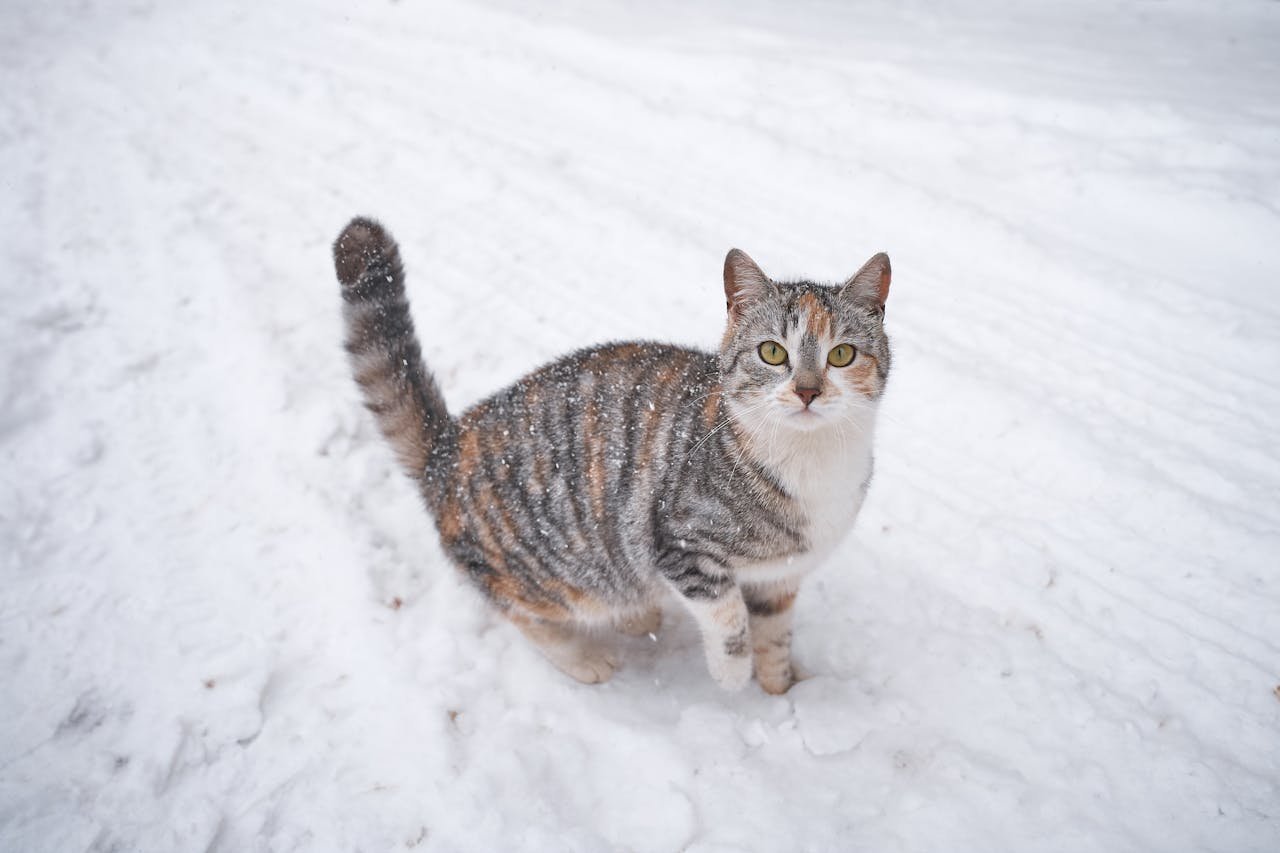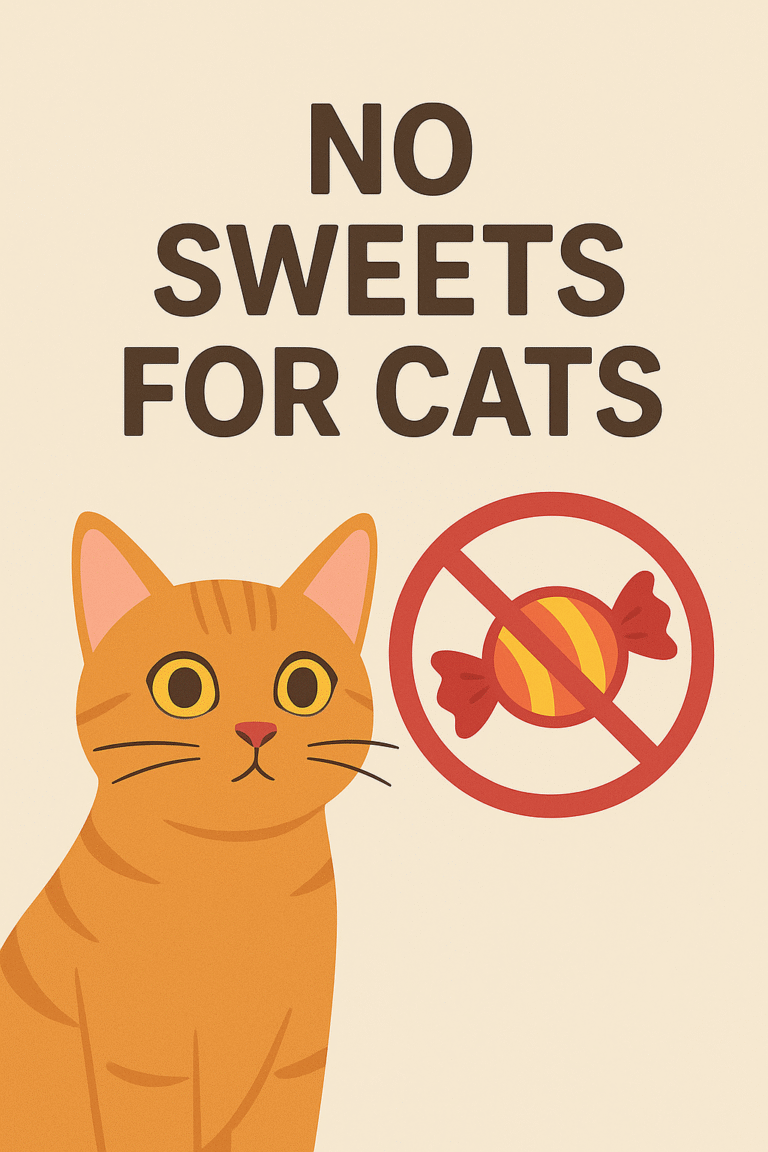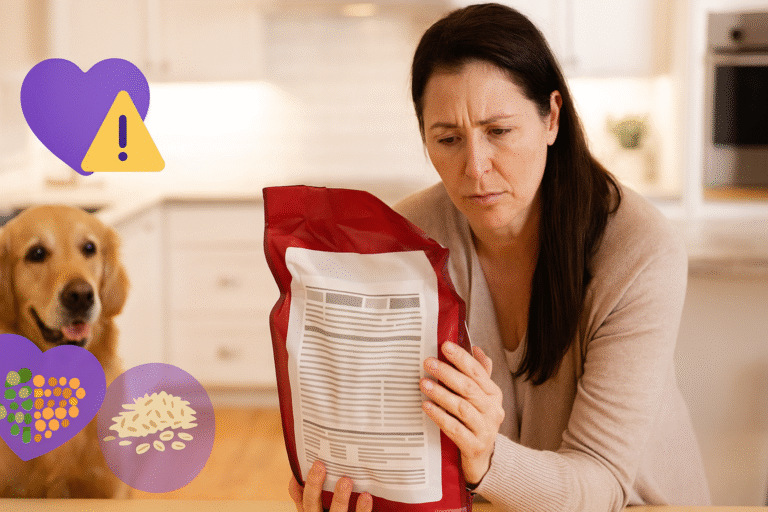Winter Safety: Protecting Pets from Cold Weather Dangers
Winter Safety: Protecting Pets from Cold Weather Dangers
As temperatures drop and winter blankets our neighborhoods with frost and snow, many pet owners underestimate the serious risks that cold weather poses to their beloved companions. While your furry friends may have fur coats, they’re not immune to the harsh realities of winter weather. Understanding winter safety for pets isn’t just about keeping them comfortable—it’s about protecting their health and potentially saving their lives.
Every winter, veterinary emergency rooms see a surge in cold-weather related injuries and illnesses in pets. From frostbite and hypothermia to antifreeze poisoning and salt burns, the dangers are real and often preventable. Whether you have a small dog, a large breed, a cat, or any other pet, this comprehensive guide will help you navigate the cold weather dangers and keep your companions safe throughout the winter months.
Understanding How Cold Weather Affects Pets
Many people assume that because animals have fur, they’re naturally equipped to handle winter weather. This is a dangerous misconception. While pets do have some natural protection, they’re vulnerable to cold weather dangers in ways that might surprise you.
🌡️ Temperature Tolerance Varies by Pet
Not all pets handle cold the same way. Small dogs, short-haired breeds, senior pets, puppies, and kittens are especially susceptible to cold weather. Even large, thick-coated breeds can suffer from hypothermia and frostbite if exposed to extreme conditions for extended periods.
Dogs and cats can experience hypothermia when their body temperature drops below normal levels, typically below 99 degrees Fahrenheit. This happens when they lose body heat faster than they can generate it. Similarly, frostbite occurs when exposure to freezing temperatures causes ice crystals to form in tissue, damaging skin and underlying structures.
Risk Factors That Increase Vulnerability
- Age: Young puppies and kittens haven’t developed full temperature regulation, while senior pets often have compromised immune systems and mobility issues
- Size and Body Fat: Smaller pets lose body heat more rapidly, and thin pets lack the insulation that body fat provides
- Coat Type: Short-haired breeds, single-coat dogs, and hairless pets need extra protection from cold weather
- Health Conditions: Pets with diabetes, heart disease, kidney problems, or hormonal imbalances struggle more with temperature regulation
- Activity Level: Less active pets generate less body heat and are more susceptible to cold
Recognizing Signs of Cold Weather Distress
One of the most critical aspects of protecting pets from cold weather is recognizing when they’re in distress. Pets can’t tell us when they’re too cold, so we must watch for warning signs.
⚠️ Warning Signs of Hypothermia
- Intense shivering or trembling
- Lethargy, weakness, or appearing disoriented
- Shallow or slow breathing
- Muscle stiffness or difficulty walking
- Pale or blue-tinged gums
- Dilated pupils
- Low heart rate
- Unresponsiveness or stupor
Frostbite is another serious concern during winter. It most commonly affects extremities like ear tips, tail, paws, and nose. Initially, the affected skin may appear pale or gray. As the area rewarms, it might become red, swollen, and painful. In severe cases, the tissue may turn black and die.
Temperature when frostbite risk begins for vulnerable pets
Time it takes for frostbite to develop in extreme cold
Temperature when small or thin pets become uncomfortable
Essential Winter Safety Tips for Pet Owners
Implementing proper winter safety measures doesn’t have to be complicated. By following these practical guidelines, you can significantly reduce the risks your pets face during cold weather.
Limit Outdoor Exposure
The single most effective way to protect your pets from cold weather dangers is to limit their time outdoors. Even cold-tolerant breeds shouldn’t spend extended periods outside when temperatures drop significantly. As a general rule, if it’s too cold for you to be comfortable outside, it’s too cold for your pet.
💡 Smart Outdoor Time Management
During winter walks, keep them short and purposeful. Watch your pet’s behavior—if they start lifting their paws, shivering, or trying to turn back home, it’s time to head inside. Consider multiple short walks instead of one long outing.
Invest in Proper Winter Gear
Pet sweaters, coats, and booties aren’t just fashion statements—they’re essential protection for many pets during winter. Choose clothing that covers your pet from neck to tail and protects their belly. For paws, booties provide excellent protection against cold surfaces, ice, salt, and harmful chemicals.
When selecting winter gear, ensure it fits properly. Too tight, and it restricts movement and circulation; too loose, and it won’t provide adequate warmth. The material should be water-resistant on the outside but warm on the inside. Always remove wet clothing promptly to prevent your pet from becoming chilled.
Protect Those Paws
Paw care is crucial during winter months. Ice, snow, salt, and chemical de-icers can cause serious damage to your pet’s paws. The salt used to melt ice is particularly problematic—it can burn paw pads, cause cracking, and is toxic if ingested when pets lick their paws.
- Apply paw balm: Before walks, apply a protective paw balm to create a barrier against salt and cold
- Trim paw fur: Keep fur between paw pads trimmed short to prevent ice ball formation
- Rinse after walks: Always rinse and dry paws after outdoor excursions to remove salt and chemicals
- Check for damage: Regularly inspect paws for cracks, redness, or bleeding
- Use pet-safe ice melt: On your own property, choose ice melting products specifically designed to be pet-safe
Indoor Safety During Winter
While we focus heavily on outdoor dangers, several indoor hazards also pose risks to pets during winter. Being aware of these threats helps you create a completely safe environment for your furry companions.
Heating Sources and Burn Risks
Space heaters, fireplaces, and heating vents can cause burns if pets get too close. Never leave pets unattended near these heat sources. Consider using guards or barriers to prevent direct access. Also, be mindful that pets seeking warmth might climb onto radiators or nestle against heating vents, potentially causing burns.
🔥 Fireplace Safety
If you use a fireplace, always use a protective screen. Cats, in particular, might be attracted to the warmth and could get too close. Never leave fires unattended when pets are in the room, and ensure ashes are completely cool before disposal.
Antifreeze: The Silent Killer
Antifreeze (ethylene glycol) is one of the deadliest substances for pets, and winter is when exposure risk peaks. Just a few licks can be fatal. The substance has a sweet taste that attracts animals, making it particularly dangerous.
☠️ Antifreeze Poisoning Warning
Symptoms appear in stages. Initially (30 minutes to 12 hours after ingestion), pets may seem drunk, wobbly, or disoriented. They might vomit or seem lethargic. Even if symptoms improve temporarily, severe kidney damage continues developing. By 36-72 hours post-ingestion, kidney failure occurs. Immediate veterinary treatment is essential—every minute counts.
- Store antifreeze securely in sealed containers
- Clean up spills immediately and thoroughly
- Consider using pet-safe antifreeze containing propylene glycol
- Check your driveway regularly for leaks
- Keep pets away from areas where vehicles are maintained
Holiday Hazards
Winter holidays bring additional risks. Chocolate, xylitol (artificial sweetener), holiday plants like poinsettias and mistletoe, tinsel, ornaments, and electrical cords all pose dangers. Keep decorations secure and out of reach, and never leave pets unattended around holiday displays.
Outdoor Pet Considerations
While we strongly recommend keeping pets indoors during winter, we understand some pets spend time outside. If your pet must be outdoors, proper shelter and care are non-negotiable for their survival and wellbeing.
Adequate Shelter Requirements
Outdoor shelter must protect against wind, moisture, and cold. The structure should be:
- Appropriately sized: Large enough for your pet to stand and turn around, but small enough to retain body heat
- Elevated: Raised off the ground to prevent moisture seepage and cold transfer
- Insulated: Walls, floor, and roof should have insulation, with extra bedding like straw (not hay, which retains moisture)
- Weatherproof: A sloped, waterproof roof and wind-blocking entrance (consider a door flap)
- Dry: Check regularly for moisture and replace damp bedding immediately
🏠 Heated Shelter Options
For extremely cold climates, consider heated pet houses or heated pads designed specifically for outdoor use. Ensure all electrical components are rated for outdoor use and are protected from moisture. Never use human heating pads, as they can malfunction and cause burns or electrocution.
Water and Food Needs
Pets need access to fresh, unfrozen water at all times. Check water bowls frequently—several times daily during freezing weather. Heated water bowls designed for pets can prevent freezing, but ensure cords are protected and the bowl is properly grounded.
Cold weather increases caloric needs because pets burn more energy maintaining body temperature. Outdoor pets may need 25-50% more food during winter. Provide high-quality, calorie-dense food, and feed outdoor pets more frequently in smaller meals to help maintain body temperature.
Special Considerations for Different Pets
Cats and Winter Safety
Cats face unique winter challenges. Outdoor and feral cats often seek warmth in dangerous places—under car hoods, in wheel wells, or near warm engines. Before starting your vehicle in cold weather, bang on the hood and honk the horn to give any hiding cats a chance to escape.
Indoor cats also need winter care. They may seek warm spots near heaters or fireplaces. Keep indoor cats entertained during winter when they spend more time inside to prevent boredom and behavioral issues.
Senior Pets and Arthritis
Cold weather exacerbates arthritis and joint problems in senior pets. Provide orthopedic beds, consider ramps to reduce jumping, and maintain comfortable indoor temperatures. Your veterinarian might recommend supplements or medications to help manage winter-related joint pain.
Puppies and Kittens
Young animals haven’t fully developed their temperature regulation systems. They need extra protection from cold weather. Keep bathroom breaks extremely short, ensure they’re thoroughly dried after coming inside, and provide warm, draft-free sleeping areas.
Winter Exercise and Mental Stimulation
Just because it’s cold doesn’t mean pet exercise and mental stimulation should stop. Maintaining activity levels helps prevent weight gain, keeps muscles strong, and provides crucial mental enrichment.
For indoor exercise, consider interactive toys, puzzle feeders, indoor fetch or tug-of-war, hide-and-seek games, or teaching new tricks. Many pets enjoy watching “cat TV” or “dog TV”—videos specifically designed for pet viewing. For dogs, when weather permits, snowshoeing or winter hiking can be great activities with proper preparation.
🎾 Indoor Activity Ideas
Set up an indoor obstacle course using household items, play scent games by hiding treats for your pet to find, or practice obedience training in short, fun sessions. Rotate toys regularly to keep them interesting. For cats, laser pointers, feather wands, and climbing structures provide excellent winter entertainment.
Car Safety During Winter
Vehicle-related winter hazards affect pets in several ways. Never leave pets alone in cars during winter. While summer heat dangers are well-known, cold cars can be equally deadly. Vehicles act like refrigerators in winter, trapping cold air. Pets can develop hypothermia or freeze to death in surprisingly short time periods.
When traveling with pets in winter, bring extra blankets, ensure proper restraint systems (crates or harnesses), warm up the car before loading pets, and carry emergency supplies including water, food, first aid kit, and your veterinarian’s contact information.
Community Pets and Wildlife
Winter is challenging for stray animals and wildlife. If you’re concerned about community cats or other animals, consider providing shelter options like insulated boxes with bedding, placing them in protected locations. Provide fresh water and food regularly.
For wildlife, bird feeders and water sources help during harsh weather, but research appropriate feeding practices for your area. Never attempt to bring wild animals inside—contact wildlife rehabilitation services if you find injured wildlife.
🚨 When to Seek Emergency Veterinary Care
Don’t hesitate to contact your veterinarian or emergency animal hospital if you notice:
- Signs of hypothermia or frostbite
- Suspected antifreeze ingestion or exposure to toxins
- Severe shivering that doesn’t stop after warming
- Changes in behavior, lethargy, or weakness
- Difficulty breathing or walking
- Discolored or painful paws
- Any concerning symptoms after cold exposure
Time is critical in cold-weather emergencies. When in doubt, seek professional help immediately.
Creating Your Winter Pet Safety Plan
Proactive planning makes winter safer for your pets. Start by assessing your pet’s individual needs based on age, size, health, and coat type. Prepare before cold weather arrives by gathering necessary supplies including coats, booties, paw balm, and heated water bowls if needed.
Maintain a winter emergency kit including your veterinarian’s contact information, emergency clinic details, basic first aid supplies, extra pet food and medication, blankets and towels, and a pet-safe ice melt product.
Schedule a pre-winter veterinary checkup to address any health concerns that could worsen in cold weather. Discuss your pet’s specific winter needs with your vet, including whether they recommend supplements, medication adjustments, or dietary changes.
Keeping Your Beloved Companions Safe All Winter Long
Winter doesn’t have to be a dangerous season for your pets. With proper precautions, awareness of risks, and attentive care, you can ensure your furry family members stay healthy, happy, and safe throughout the coldest months.
Remember that protecting pets from cold weather dangers is about more than just physical warmth—it’s about comprehensive care that addresses all winter-related risks. From limiting outdoor exposure and providing appropriate clothing to being vigilant about toxic substances and maintaining proper nutrition, every measure contributes to your pet’s winter wellbeing.
Your pets depend on you for their safety and comfort. By implementing these winter safety strategies and remaining observant of your pet’s behavior and condition, you’re providing the protection they need to thrive during cold weather. Stay warm, stay safe, and enjoy the winter season with your beloved companions by your side—warm, healthy, and content.







One Comment